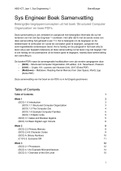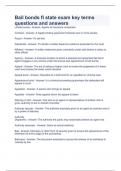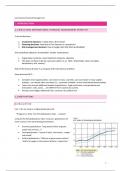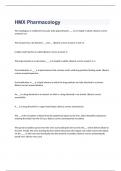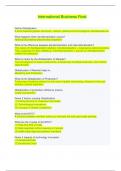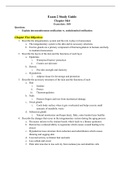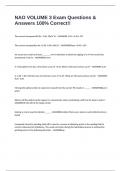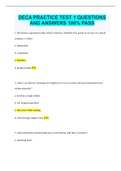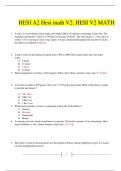Samenvatting
HBO-ICT, Jaar 1, Sys Engineering 1, Boek Samenvatting
- Instelling
- Hogeschool Van Amsterdam (HvA)
Belangrijke begrippen/concepten uit het boek ‘Structured Computer Organization’ en twee PDFs. Deze samenvatting is ook verbeterd en aangevuld met belangrijke informatie die op het tentamen van het vak Sys Engineer 1 voorkwam. Het cijfer dat ik met deze samenvatting heb gehaald is een 7.3.
[Meer zien]
